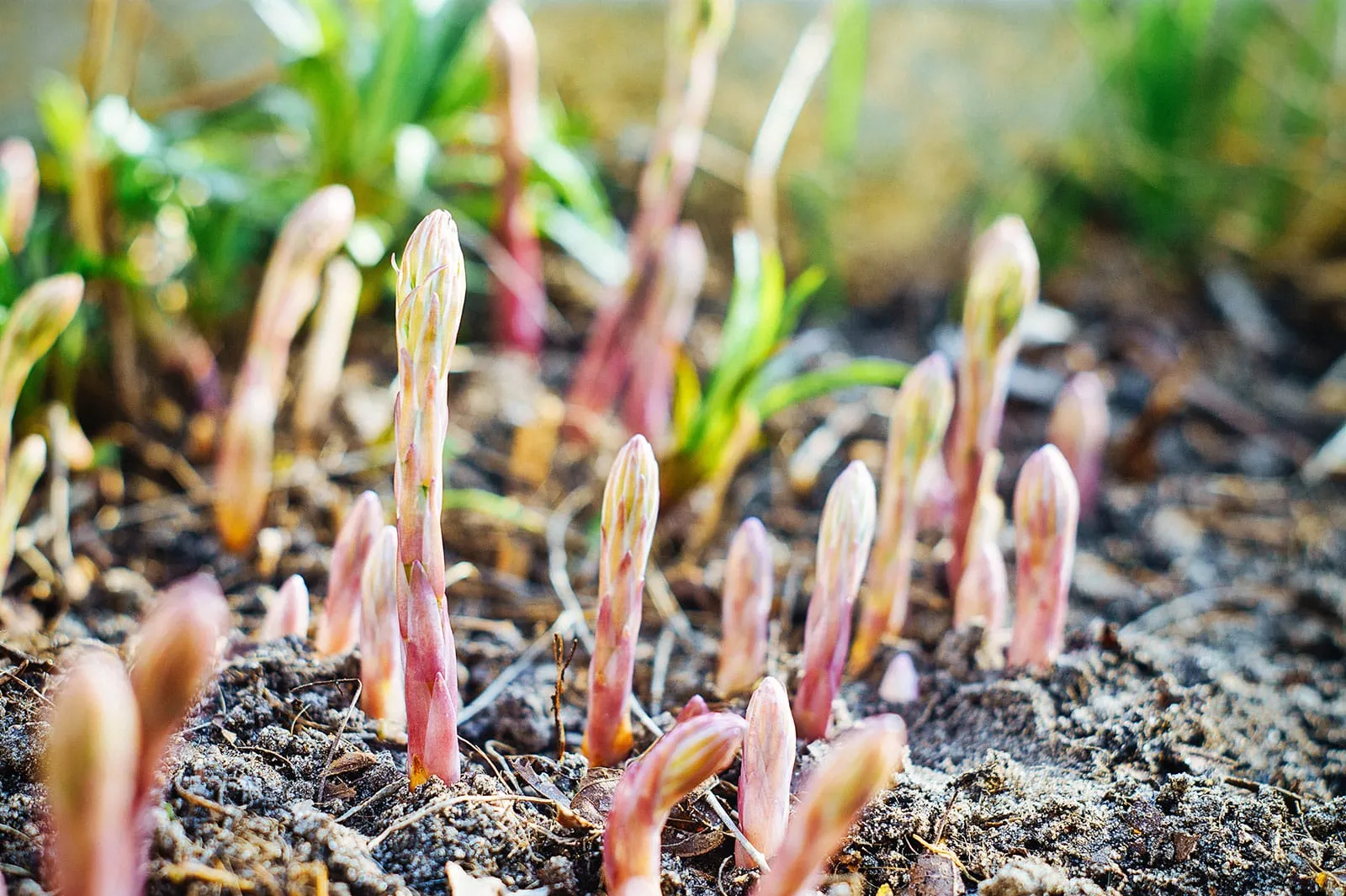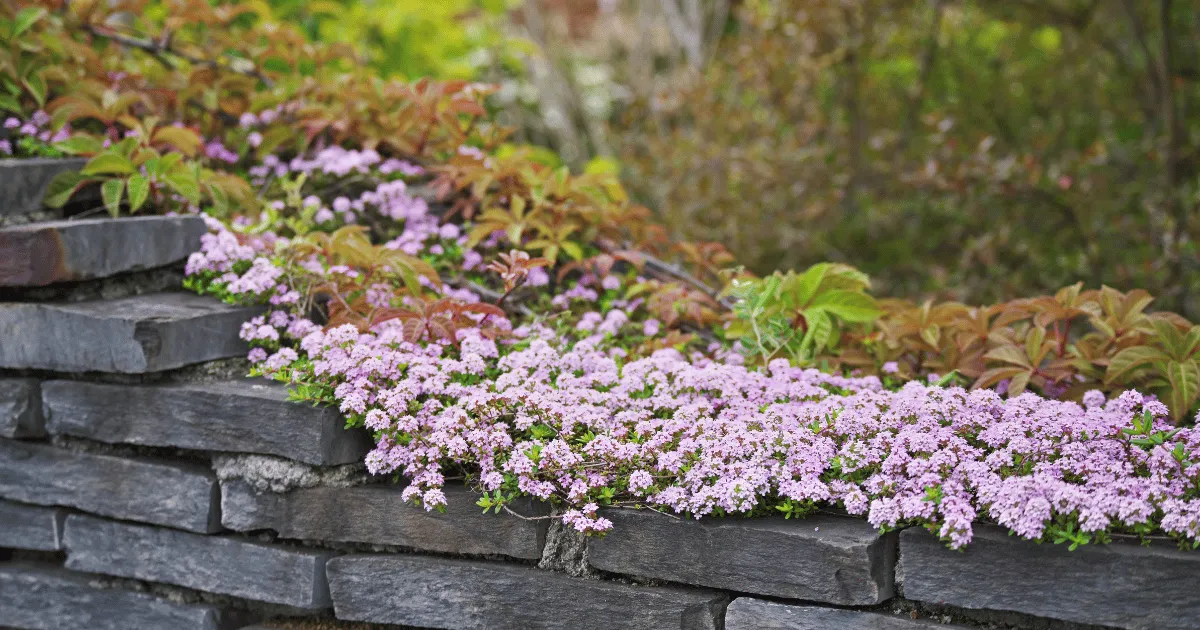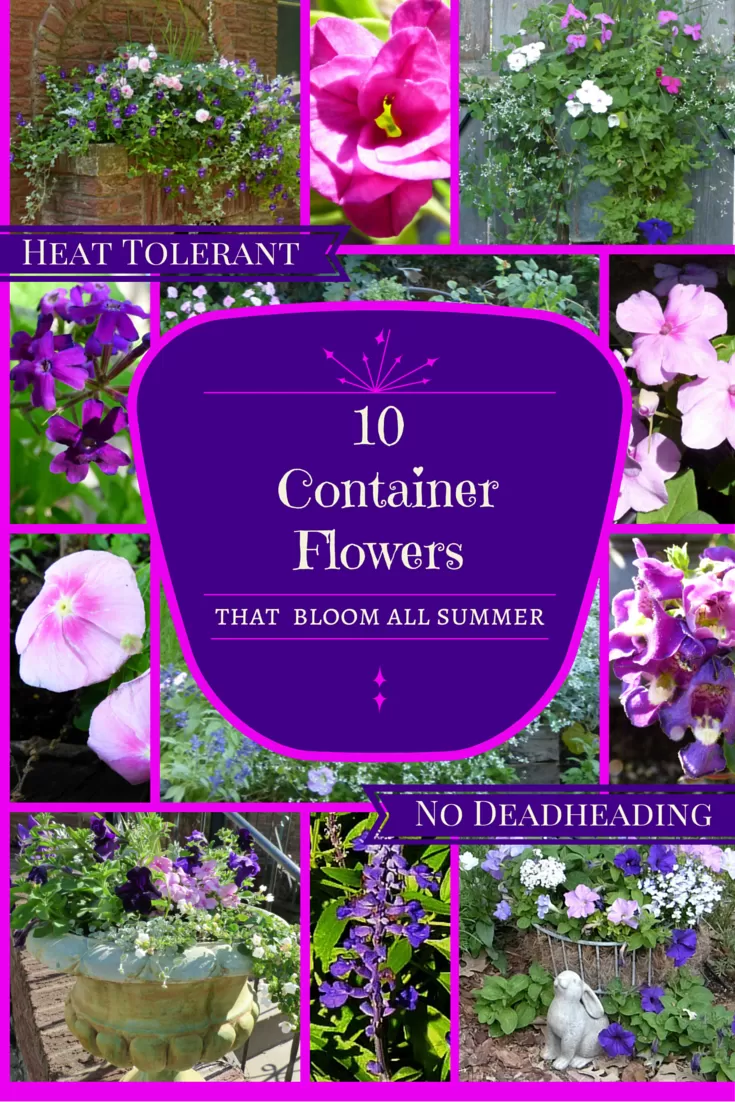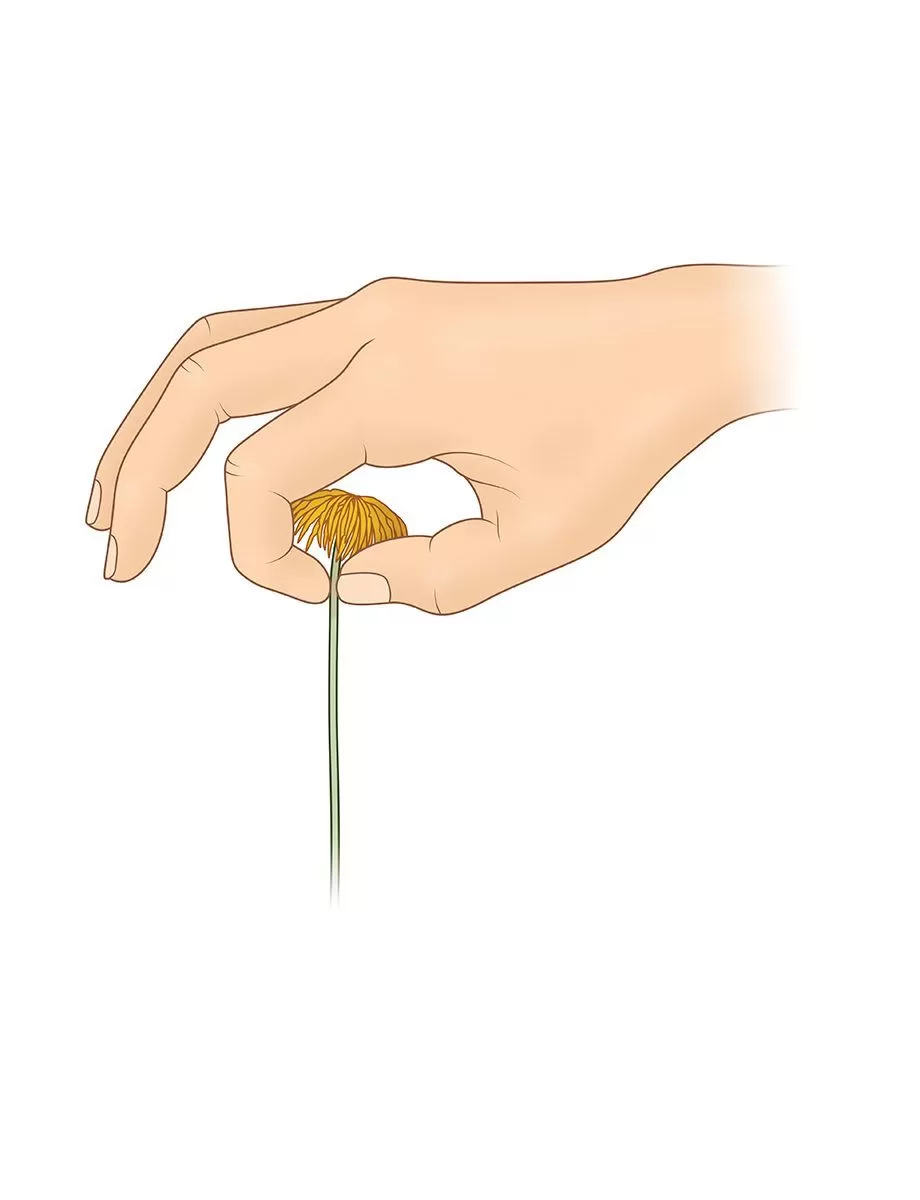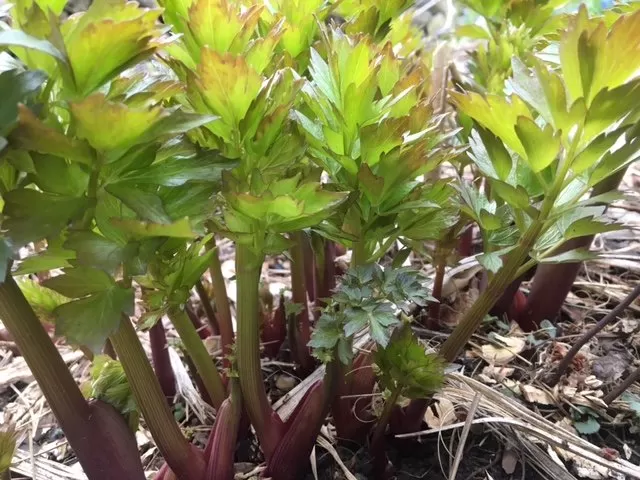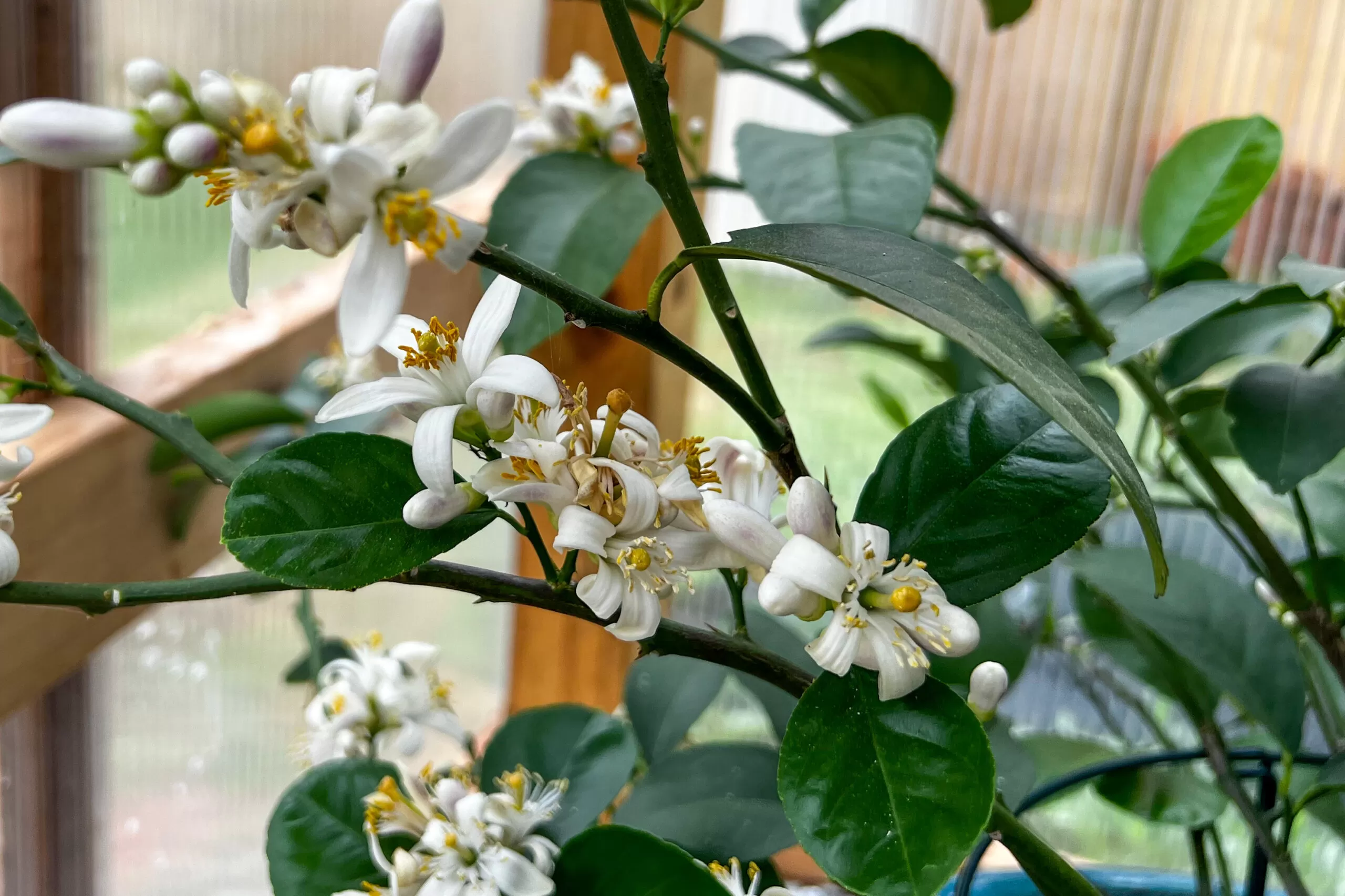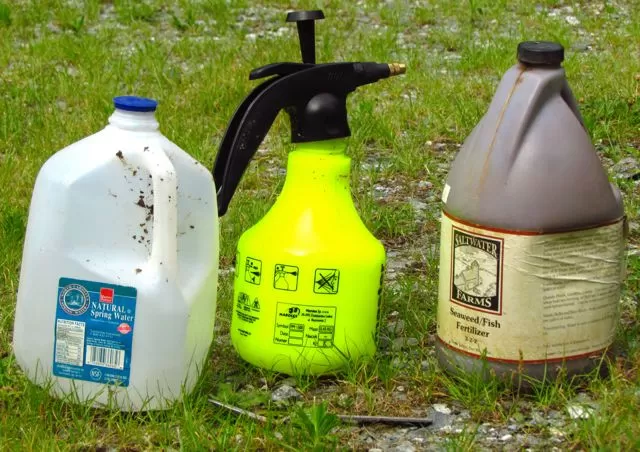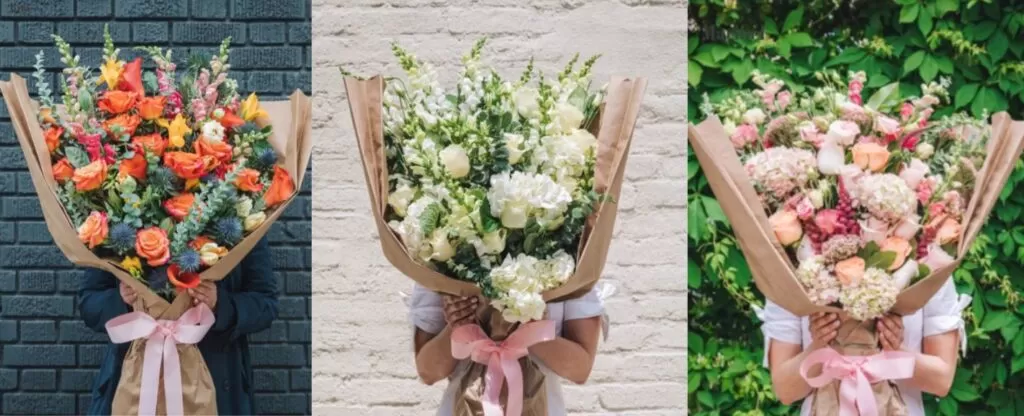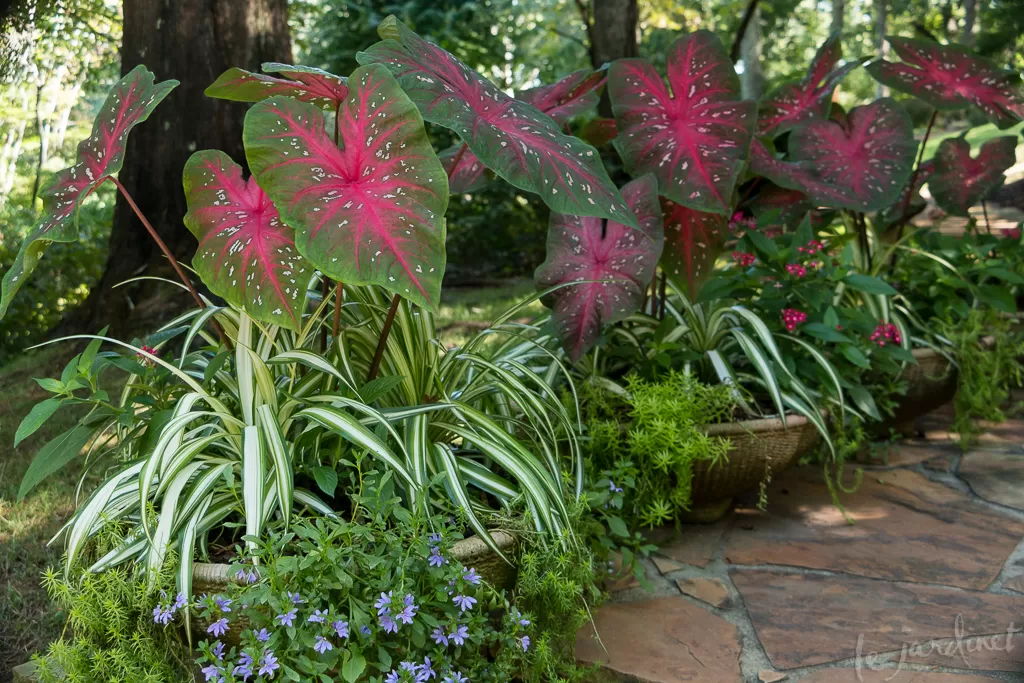Growing beautiful, resilient perennials in pots doesn’t have to be a struggle, even when the weather is unpredictable or your time is limited. Caring for drought-tolerant container perennials allows you to enjoy vibrant blooms and foliage year after year with less effort.
Key Takeaways:
- Resilience is Key: Choosing plants naturally adapted to drier conditions means less worry about watering frequency.
- Container Choice Matters: The right pot material and drainage are crucial for success.
- Soil is Your Friend: A well-draining potting mix is vital for healthy roots.
- Water Wisely: Learn the ‘deep but infrequent’ watering method for best results.
- Perennials Keep Giving: With simple care, these plants return season after season.
Whether you have a sunny patio, a small balcony, or just a few pots by your door, learning how to select and care for drought-tolerant container perennials can transform your space into a low-maintenance haven of enduring beauty. Let’s dive into the secrets that will help your potted plants thrive, even when things heat up.
Contents
Why Choose Drought-Tolerant Perennials for Containers?
Gardening in containers offers fantastic flexibility, allowing you to decorate small spaces, move plants to catch the best light, or simply enjoy greenery without a traditional garden bed. However, containers dry out much faster than in-ground plantings, making watering a constant chore, especially during hot, dry spells.
This is where drought-tolerant perennials shine. These plants have evolved mechanisms to cope with less water, such as fleshy leaves for storage, fine hairs to reduce evaporation, or deep root systems (though restricted in pots). By choosing these resilient beauties, you dramatically reduce your watering workload while still enjoying the charm of plants that return year after year. They offer sustainability, beauty, and a lower-stress gardening experience.
Selecting Your Resilient Beauties: Great Perennials for Pots
While many plant types can tolerate dry conditions in containers, herbaceous and small perennials are fantastic choices because they die back in winter and regrow in spring, offering seasonal interest. They are often compact enough for various pot sizes and provide reliable performance. When choosing, look for plants known for silver-grey foliage, fleshy leaves, or furry surfaces – these are often visual cues for drought tolerance.
Here are a few standout perennials suitable for containers:
- Hylotelephium spectabile (formerly Sedum spectabile)
- Common Name: Stonecrop, Showy Sedum
- Zone: 3-9
- Light: Full sun
- Humidity: Tolerates low to average humidity
- Water: Low; allow soil to dry out completely between waterings.
Fleshy leaves store water, making them incredibly resilient. They offer late-season color with their flower heads.
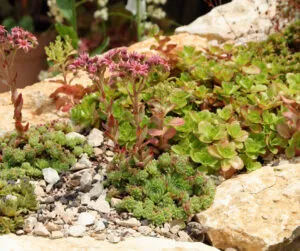 Fleshy leaves of a Sedum (Hylotelephium) plant growing in a stone wall, adaptable to containers.
Fleshy leaves of a Sedum (Hylotelephium) plant growing in a stone wall, adaptable to containers.
-
Sempervivum species
- Common Name: Houseleek, Hens and Chicks
- Zone: 3-8
- Light: Full sun to partial shade
- Humidity: Tolerates low humidity
- Water: Very Low; excellent drainage is critical. Water sparingly, especially in winter.
These small succulents form attractive rosettes and multiply easily. Perfect for small pots or mixed succulent arrangements.
-
Stachys byzantina
- Common Name: Lamb’s Ear
- Zone: 4-9
- Light: Full sun to partial shade
- Humidity: Tolerates low humidity
- Water: Low; prefers dry conditions. Avoid overwatering.
Known for its wonderfully soft, silvery-grey, furry leaves. It’s a tactile delight and very tough. Best suited to slightly larger pots where it can spread.
 Soft, furry lamb's ear foliage (Stachys byzantina) spilling from a garden pot.
Soft, furry lamb's ear foliage (Stachys byzantina) spilling from a garden pot.
Other perennials often recommended for their tolerance include Erigeron karvinskianus (Mexican Daisy – needs water until established), Osteospermum (African Daisy – may need winter protection in colder areas), and Nemesia (many varieties are sweetly scented).
Beyond perennials, consider integrating other drought-tolerant plant types like ornamental shrubs (Artemisia, Santolina, Cistus, Oleander), grasses (Stipa tenuissima), herbs (Rosemary, Thyme, Winter Savory), or even edible options like dwarf fruit trees or strawberries, providing a layered and diverse container display.
 Silver foliage of a Santolina chamaecyparissus shrub thriving in a sunny container.
Silver foliage of a Santolina chamaecyparissus shrub thriving in a sunny container.
Container Choice Matters
The pot you choose plays a significant role in moisture retention and drainage.
- Material: Unglazed terracotta is classic and attractive, but it’s porous and can wick moisture away from the soil, causing plants to dry out faster. Plastic or glazed ceramic pots retain moisture better. Dark-colored pots absorb more heat in summer, potentially stressing roots. For balconies or roof gardens, lighter materials like resin or bamboo are preferable due to weight.
- Size: Smaller pots dry out incredibly quickly. Choose the largest pot size that is appropriate for the mature size of your plant and your space. A larger soil volume holds moisture longer.
- Drainage: This is non-negotiable! Every container must have drainage holes at the bottom. Drought-tolerant plants are adapted to dry conditions, not soggy roots, which can lead to root rot.
Soil Secrets for Success
The right potting mix is crucial for drought-tolerant container plants. You need a mix that drains freely yet retains some moisture and nutrients.
- Avoid Garden Soil: Never use garden soil in containers. It compacts easily, preventing drainage and aeration.
- Use Potting Mix: Start with a good quality, peat-free potting mix.
- Enhance Drainage: Mix in additional gritty material like perlite, vermiculite, or coarse sand (about 1/4 to 1/3 of the total volume). This ensures water flows through readily, preventing waterlogging.
- Consider Specialized Mixes: Cactus and succulent mixes are formulated for excellent drainage and can be a good base, possibly mixed with a little standard potting mix for perennials that aren’t strictly succulents.
Watering Wisdom: Less is Often More
This is perhaps the most critical aspect of caring for drought-tolerant container perennials. The key is to water deeply but infrequently.
- Check the Soil: Don’t water on a schedule. Instead, check the soil moisture about 2-3 inches down (or up to your second knuckle). If it feels dry at that depth, it’s time to water. If it still feels moist, wait.
- Water Thoroughly: When you do water, soak the pot until water runs freely from the drainage holes. This encourages roots to grow downwards.
- Avoid Shallow Sips: Frequent, shallow watering leads to weak, surface-level roots that are highly susceptible to drying out.
- The Tray Trick (Use Sparingly): While helpful for collecting runoff, leaving drought-tolerant plants sitting in water-filled saucers for extended periods is detrimental. Empty excess water after about 30 minutes to prevent root rot. Saucers are best for catching water when liquid feeding to ensure nutrients aren’t wasted.
- Reduce Evaporation: Adding a layer of mulch (gravel, pebbles, or horticultural grit work well and look tidy) on top of the soil can help reduce water loss from the surface.
Remember, “drought-tolerant” doesn’t mean “no water ever.” Plants in containers are entirely dependent on you. Their tolerance means they can handle periods of dryness, not thrive in constant aridity.
 Vibrant Mirabilis jalapa (Four O'Clock) flower, a tuberous perennial for pots.
Vibrant Mirabilis jalapa (Four O'Clock) flower, a tuberous perennial for pots.
Feeding Your Resilient Beauties
Container plants eventually use up the nutrients in their potting mix. While drought-tolerant plants may have lower nutrient needs than some hungry annuals, they still benefit from occasional feeding to encourage strong growth and flowering.
- Use a balanced liquid fertilizer diluted to half strength.
- Feed every 4-6 weeks during the main growing season (spring and summer).
- Avoid feeding in late summer or fall, as this can encourage tender new growth vulnerable to frost.
- Always water the plant thoroughly before feeding to avoid burning the roots.
Ongoing Care and Maintenance
Keeping your drought-tolerant perennials happy year after year involves a little ongoing attention.
- Deadheading: Removing spent flowers can encourage more blooms and keep plants looking tidy.
- Pruning: Trim back leggy growth to maintain shape and encourage bushiness. For plants that die back in winter, cut back dead foliage in late winter or early spring before new growth appears.
- Overwintering: While drought-tolerant perennials are often hardy, their roots are more exposed to cold in pots than in the ground. In colder climates, consider moving pots to a sheltered spot (like against a wall), wrapping pots in burlap or bubble wrap, or even moving them into an unheated garage or shed if they are borderline hardy for your zone. Ensure minimal watering over winter.
- Repotting: Perennials can become root-bound over time. Every 2-3 years, plan to repot into a slightly larger container or lift the plant, trim back the roots, and replant with fresh potting mix in the same pot.
Troubleshooting Common Issues
Even tough plants can encounter problems.
- Wilting: If leaves are wilting and the soil is dry several inches down, the plant needs water. Water deeply.
- Yellowing Leaves: Often a sign of overwatering and poor drainage. Check drainage holes and soil moisture. Allow the soil to dry out significantly.
- Leggy Growth: Usually indicates insufficient light. Move the pot to a sunnier location.
By following these simple steps focused on the specific needs of drought-tolerant perennials in containers – choosing the right plant, providing excellent drainage, watering wisely, and offering basic ongoing care – you can create beautiful, resilient displays that withstand challenging conditions and bring you joy for seasons to come.
Conclusion
Choosing and caring for drought-tolerant container perennials is a smart, sustainable, and rewarding way to garden. These tough plants offer beauty and resilience, freeing you from constant watering duty and providing dependable color and texture year after year. With attention to container choice, soil, and mindful watering, you can enjoy a thriving potted garden even through heat and dry spells.
Have you had success with drought-tolerant perennials in pots? Share your favorite plants or tips in the comments below! And explore more articles on Thelittle.garden for further inspiration on creating a beautiful and sustainable garden space.





